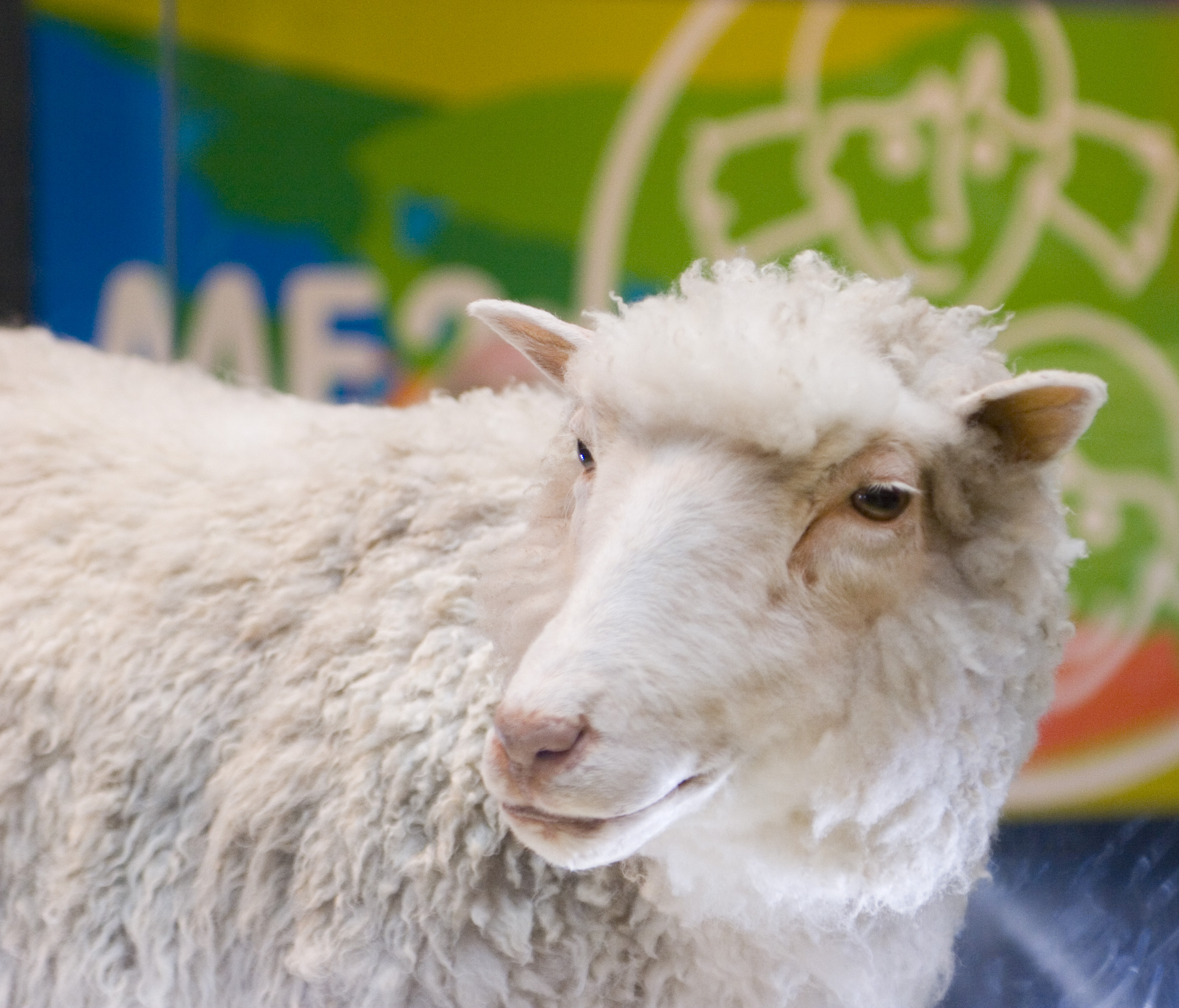The morally ground-shifting legacy of Ian Wilmut and Dolly the sheep
By Gregory E. Kaebnick,
STAT
| 09. 15. 2023
Ian Wilmut, the British scientist behind the first-ever cloning of a mammal, died Sept. 10, leaving behind a twofold legacy. One part is groundbreaking science. Creating Dolly required a combination of genome manipulation and reproductive tools that helped launch what is sometimes called “reprogenetics,” a basket of reproductive and genetic technologies that allow for greater control over human procreation and generated work that ranges from human-animal chimeras to the “de-extinction” of mammoths. By demonstrating that differentiated adult cells could be forced by the right chemical signals to become pluripotent stem cells, Wilmut’s work also provided the basis for Shinya Yamanaka’s Nobel Prize-winning work.
Besides being groundbreaking science, Dolly was morally ground-shifting. Perhaps more than any other biotech advance, Dolly symbolized growing human power over nature. But the Dolly project was deeply troubling to most observers. Kept a close secret by the Roslin Institute and initially disclosed in a media leak in 1997, about eight months after her birth, Dolly caught everyone by surprise. At the same time, genetically modified crops were being rolled out quickly and...
Related Articles
By Anumita Kaur [cites CGS’ Katie Hasson], The Washington Post | 03.25.2025
Genetic information company 23andMe has said that it is headed to bankruptcy court, raising questions for what happens to the DNA shared by millions of people with the company via saliva test kits.
Sunday’s announcement clears the way for a new...
By Peter Wehling, Tino Plümecke, and Isabelle Bartram
| 03.26.2025
This article was originally published as “Soziogenomik und polygene Scores” in issue 272 (February 2025) of the German-language journal Gen-ethischer Informationsdienst (GID); translated by the authors.
In mid-November 2024, the British organization Hope not Hate published its investigative research ‘Inside the Eugenics Revival’. In addition to documentating an active international “race research” network, the investigation also brought to light the existence of a US start-up that offers eugenic embryo selection. Heliospect Genomics aims to enable wealthy couples to...
By Frank Landymore, Futurism | 03.18.2025
You can only throw so much money at a problem.
This, more or less, is the line being taken by AI researchers in a recent survey. Asked whether "scaling up" current AI approaches could lead to achieving artificial general...
By Craig S. Smith, Forbes | 03.08.2025
One recent evening in Shenzhen, a group of software engineers gathered in a dimly lit co-working space, furiously typing as they monitored the performance of a new AI system. The air was electric, thick with the hum of servers and...




